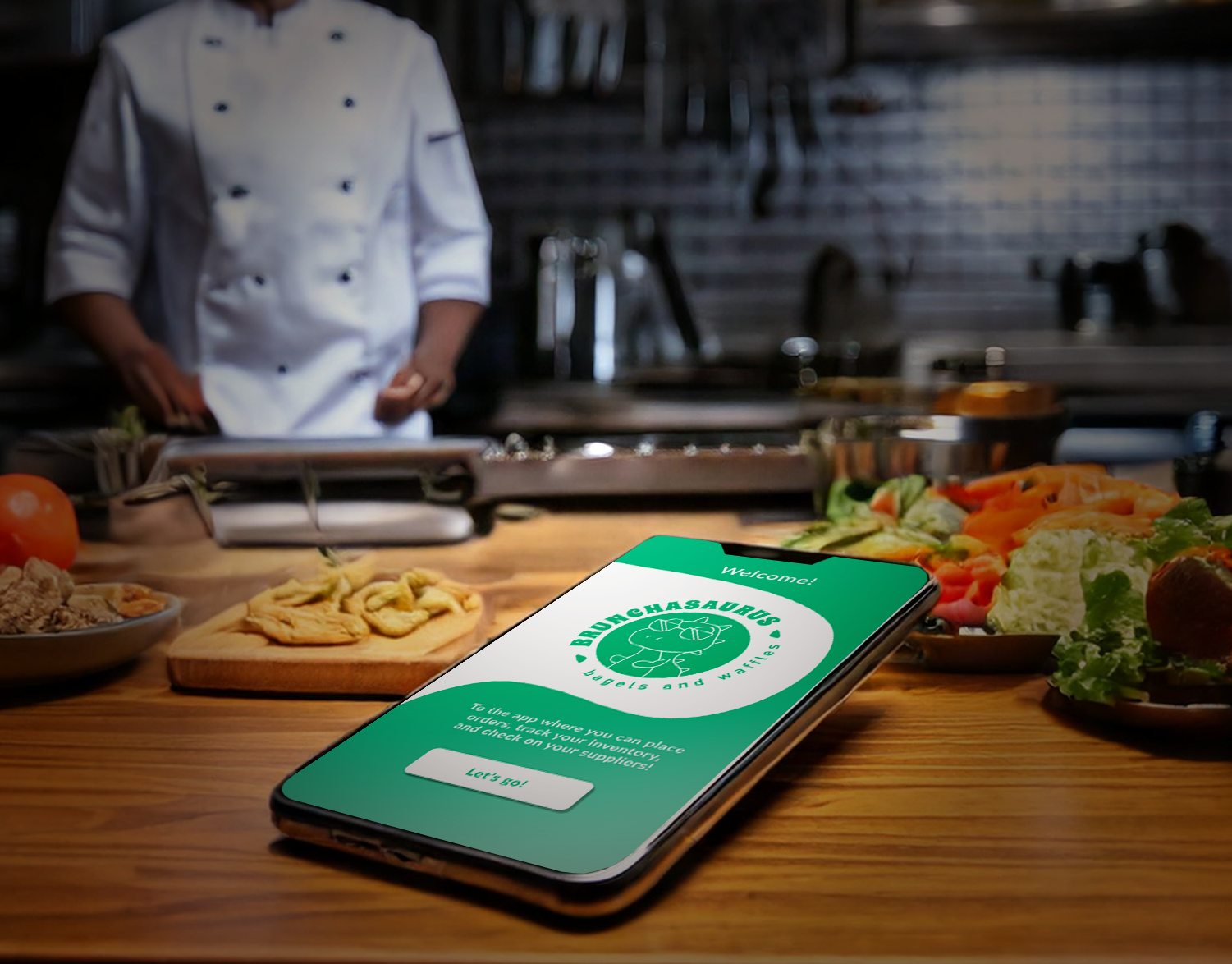CHAMARTIN - ECOSISTEMA ABIERTO
Project Type: Architectural Competition, 1st Place
Role: Archiect, Computational Designer, UX Designer *
Year: 2022
*member of UNStudio team
As part of the team behind the Chamartin project, aimed at redefining a major transport hub in Madrid, I optimized a user flow that facilitated rapid iterations of facade designs. Specifically, a script was developed in order to:
⦁ simplify the workflow for the architects on the project
⦁ enable the team to meet the tight deadlines of the competition
⦁ ensure that each design iteration met the design and sustainability criteria
⦁ enable the team to meet the tight deadlines of the competition
⦁ ensure that each design iteration met the design and sustainability criteria
PROJECT OVERVIEW
Automating Facade Design
The Chamartin Ecosistema Abierto project aimed to redefine a major transport hub in Madrid, integrating residential, commercial, and public spaces within a vibrant urban ecosystem. As part of the team, my focus was on designing the towers that would sit atop a newly conceptualized train station. Throughout the design process, due to the changes in the train station design, these towers underwent constant changes in quantity, shape, size, and location, necessitating a flexible design approach.
To meet this challenge, I developed a tool that enabled rapid iteration of facade designs, ensuring a consistent design language characterized by vertical and horizontal louvers, and strategically placed terraces, that would allow the intricate design of the train station to stand out. This design not only provided a subtle elegance but also effectively addressed sunlight management in Madrid's warm climate.
The script allowed us to generate new facade options dynamically, adapting to the evolving train station concept and ensuring that our architectural vision remained cohesive and responsive.
UX RESEARCH
Business Goals
To effectively address the complexities of the project and the pressures of the architectural competition, I established key business goals that would guide our design approach and foster a more innovative workflow.
Efficiency: Significantly reduce design iteration time, enhancing project timelines and resource management.
Sustainability: Optimize facade performance to address energy efficiency and climate challenges.
Collaboration: Foster a collaborative environment where team members could experiment with designs seamlessly.
Users Goals
Speed: Facilitate quick iterations on facade designs to align with shifting project parameters, and minimize feedback integration time.
Flexibility: Enable exploration of various configurations to address site-specific conditions and design needs.
Usability: Create an intuitive interface that accommodates architects with varying levels of computational design experience.
Problem Statement
How might we enable architects to quickly adapt and refine tower facade designs under the pressures of tight competition deadlines, allowing for flexibility in tower dimensions and placements while maintaining a cohesive design that effectively addresses sunlight management?
UX DESIGN
User Flow
The user flow for the Grasshopper script involves the following key steps:
1. Input Parameters: Users define the initial design criteria and performance goals.
2. Generate Facade Options: The script processes inputs, producing a variety of facade designs.
3. Review & Select: Users evaluate the generated designs and refine inputs as needed.
4. Finalize Design: The most suitable facade is selected for further evaluation with the rest of the train station design proposal.
5. Repeat: If the train station design changes, loop back to step 1
Tool Testing
Here are visual representations of the script's results when used by team members, showcasing how parameters are adjusted to generate diverse facade options. Each iteration reflects a unique response to the architectural requirements of the project.
Feedback & Iteration
Gathering feedback from my team was crucial for refining the tool. Through workshops and discussions, we identified areas for improvement, such as expanding design parameters, and optimizing for construction costs. This iterative process ensured that the final product met the diverse needs of our architectural team and the standards of the final deliverables.
Reflections
This project was a pivotal learning experience that deepened my understanding of user-centered design within the architectural context. By leveraging computational design, I was able to streamline the process of iterating facade options, which taught me how critical it is to align design solutions with user needs.
This experience has profoundly influenced my approach to UX design, where I prioritize usability and adaptability. I’ve gained invaluable insights into how thoughtful design can facilitate collaboration and innovation, and I aim to carry these principles into my future projects. Ultimately, this journey reinforced my commitment to creating intuitive, user-focused solutions that elevate the design experience.


